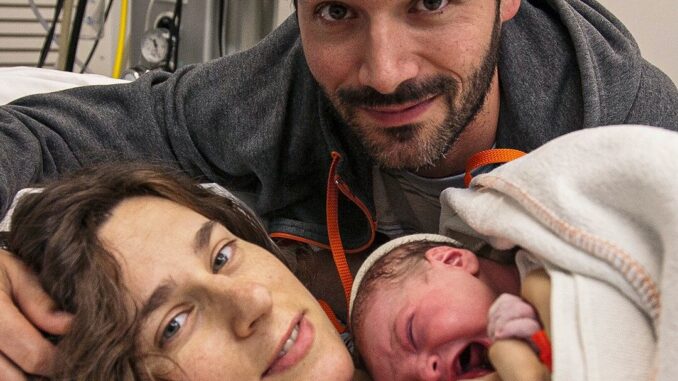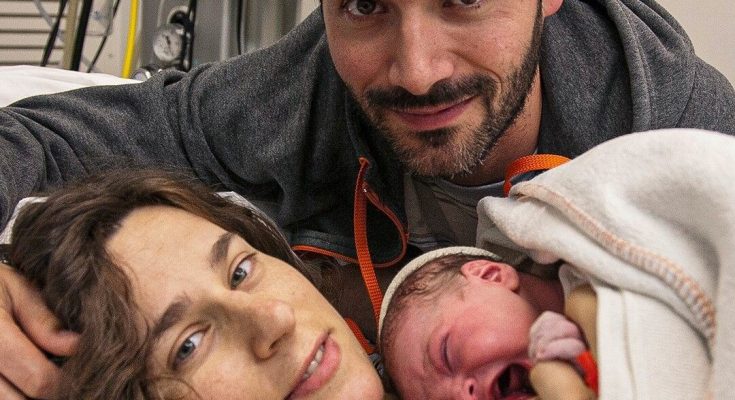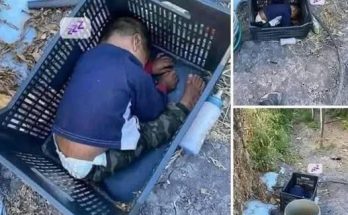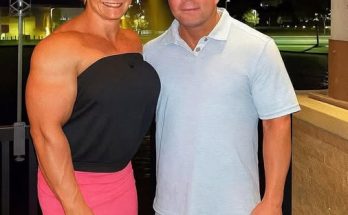
Peter and Victoria had a relationship that others envied. Childhood friends turned sweethearts, they’d known each other since kindergarten and grew up side by side, eventually pledging their lives to each other in marriage. Their love story was simple yet beautiful—no shouting matches, no lingering grudges. They made a pact to resolve any disagreement before going to bed, and it worked.
Peter was quiet and adaptable, while Victoria was outspoken and fiery. They balanced each other perfectly. In their thirties, they welcomed their first child, a baby boy named Paul, and their bond deepened further. They doted on Paul with unconditional love, building a warm family life that others admired. But as Paul grew older, a quiet unease began to take root.
Neither Peter nor Victoria could deny it—Paul didn’t look like either of them. At first, Peter dismissed the teasing from friends about his “weak genes,” but the jokes began to affect him more than he let on. Every time he looked at Paul, he couldn’t find a trace of himself. He stayed silent, unwilling to upset Victoria or stir up unnecessary tension, but the doubts lingered.
When Paul turned four, the uncertainty grew stronger. He still didn’t resemble either parent, and even their extended family began to notice. One relative gingerly pointed out how different the boy looked. Victoria laughed it off, claiming children’s appearances often changed over time. Peter echoed her, but he wasn’t convinced.
As the years passed, the unease became impossible to ignore. Paul was now seven, and the lack of resemblance was more glaring than ever. One night, Peter sat Victoria down. “I trust you with everything,” he said softly, “but I need to ask—am I Paul’s father?”
Caught off guard, Victoria responded with sarcasm. “Of course not. He’s the result of one of the many affairs I’ve had behind your back.” But her defensiveness only deepened Peter’s doubt. A few days later, without telling her, he ordered a DNA test.
When the results came back, his world shattered—he wasn’t Paul’s biological father. Furious and heartbroken, Peter returned home, ready for confrontation. But seeing Victoria and Paul together softened him. He waited until Paul was playing outside before showing her the test results and accusing her of betrayal.
Victoria was stunned—not just by the accusation, but by the truth of the test. “If you’re not his father,” she whispered, “then I’m not his mother either.” Peter scoffed, thinking it was just another deflection, but the next day, Victoria took her own DNA test. The results left them both speechless—Paul wasn’t her biological child either.
Shaken and confused, they sat together that night, trying to make sense of it. The only possible explanation: something must have gone wrong at the hospital. They returned to the facility where Paul had been born and shared their story. A staff member agreed to investigate. He explained that testing errors could occur but promised to look into it further.
Back home, Peter and Victoria continued to love Paul just as they always had. He was their son in every way that mattered. A week later, the hospital representative called with an answer. Records showed that two baby boys born the same day had been mistakenly switched. Somewhere, another couple had unknowingly raised Peter and Victoria’s biological child.
The discovery was overwhelming, but there was relief in knowing neither had betrayed the other. They decided to track down the other family, a process that took months. When they finally found them and explained everything, the other couple was stunned—but one look at Paul confirmed the truth. He looked just like them.
Peter and Victoria met their biological son, Kevin, for the first time. Peter was taken aback by how much the boy resembled him. “So much for weak genes,” he muttered, trying to hold back his emotions. But despite the biological connection, neither family could imagine giving up the child they had raised.
In the end, they made a joint decision: they would not swap the children. Instead, they would stay in close contact, forming an extended family, sharing milestones and memories, while continuing to raise the children they loved as their own.
They learned that love wasn’t determined by DNA—it was built in quiet moments, late-night lullabies, scraped knees, and shared laughter. Even when everything they thought they knew about parenthood was turned upside down, their devotion to Paul never wavered. He was their son, and always would be.



